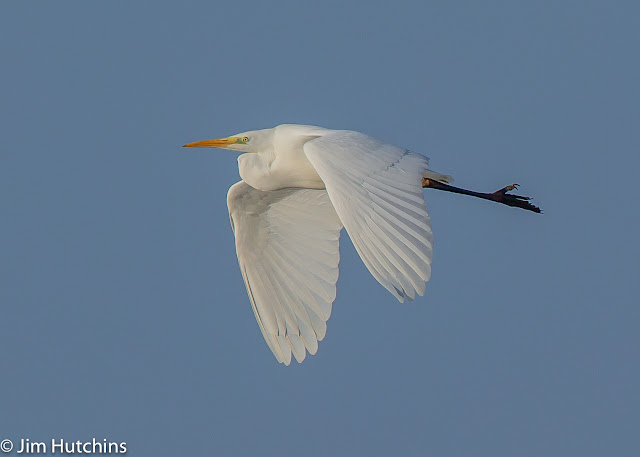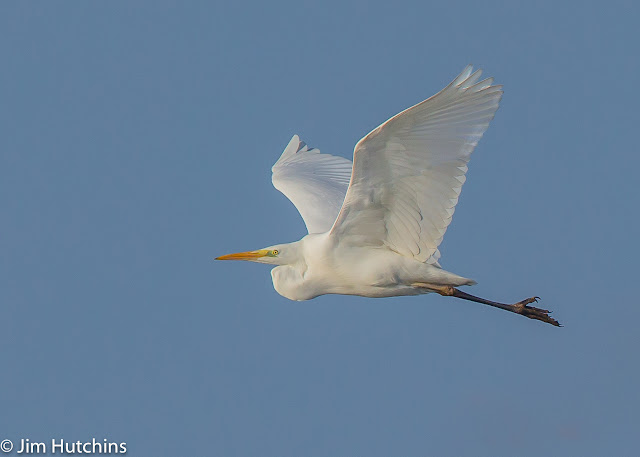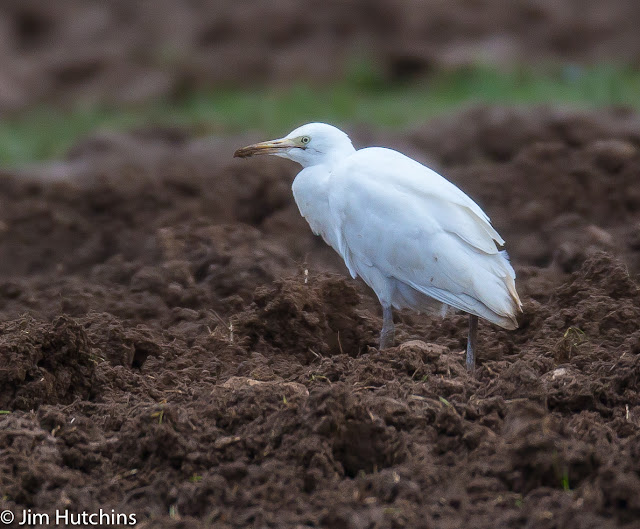 |
| Great White Egret, Pit 60 today |
I grew up in a small village in the Wiltshire countryside called Hindon. I have fond memories of long countryside walks with my dad looking for birds and other wildlife. I still have my Spotting Birds pocket guide with a written note on the inside cover written by my dad “To James Xmas 1968” in which we have ticked the birds we saw on our many walks. I remember hedgerows alive with Yellowhammers and Corn Buntings and countless Skylarks signing their sweet summer song over green flower filled fields. Now some 50 years later the hedgerows are so much quieter. Many years of intensive agricultural monoculture with its war on weeds and insects seems to have denuded our countryside of the wildlife I so cherished as a young lad.
Still it’s not all doom and gloom, some species have benefited from changes in the way we manage our countryside, climate change and the growth in wetland reserves. I remember walking what seemed miles from Hindon to Chicklade (its actual only 2 miles – my legs were much shorter then!) as a young lad to see the only pair of buzzards that we knew of. Now they are our most common raptor.
Only a few short years ago it would have been a birders red letter day to see any species of egret in the UK. The first egret to colonise the UK from the continent was the Little Egret. It first appeared in the UK in significant numbers in 1989 and first bred in Dorset in 1996. It is now a common bird that it is possible to see every day. I counted 12 of them at Dix pit this morning, the site where they first bred in Oxfordshire.
The next of the three continent egrets to arrive in any number is probably my favourite, the Cattle Egret, which first bred in the UK in 2008. This is still a scarce visitor to Oxfordshire with a small number of records a year.
 |
| Great White Egret, Pit 60 today |
A later colonist was the Little Egret’s big cousin, the Great White Egret. When I started going birdwatching at pit 60 after my retirement from full time work some seven years ago we would typically have one or two Great White Egret sightings a year in Oxfordshire. Indeed I remember my excitement at finding one at pit 60 in July 2016. Now it is a regular winter visitor to our county. I counted three birds on Dix pit just after dawn this morning and two were present at pit 60 late morning. They tend to disappear from Oxfordshire in the spring, I assume to return to their main UK breeding site on the Somerset levels where they first bred in 2012. It surely can’t be long though before we have the first breeding record of this spectacular white heron in Oxfordshire!!!



Comments
Post a Comment